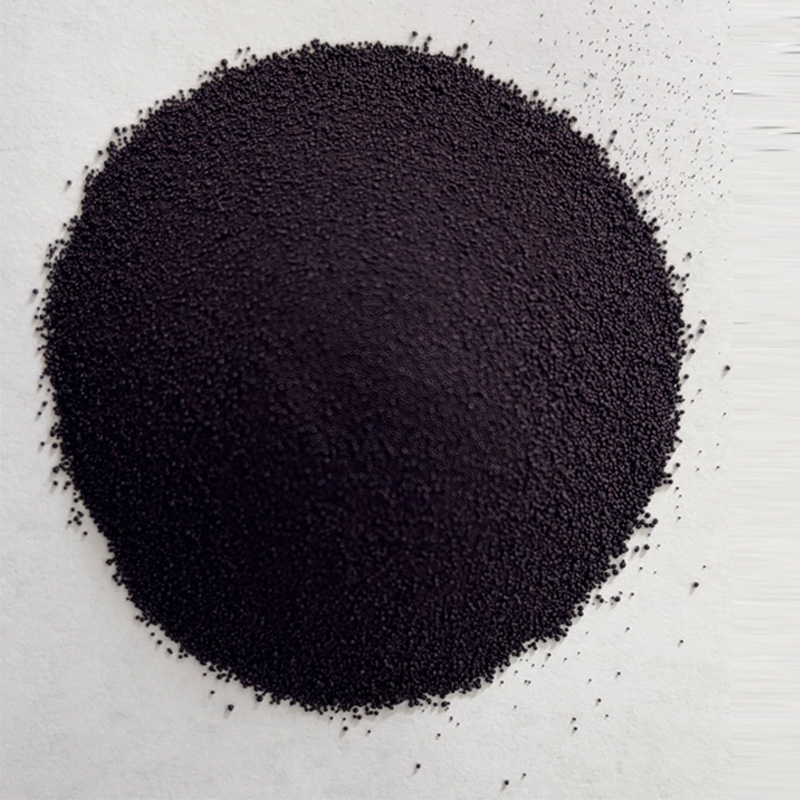Exploring the Essence of Indigo Nature’s Vibrant Hue in Art and Design
The Allure of Indigo Embracing Natural Beauty
Indigo, the deep blue hue derived from the leaves of the indigofera plant, has long captured the imagination and hearts of cultures around the world. Its rich history and vibrant color not only adorn textiles but also symbolize deeper meanings that resonate with our connection to nature and tradition. As we explore the essence of indigo and its natural beauty, we uncover the myriad ways it can enhance our lives, homes, and fashion choices.
The Allure of Indigo Embracing Natural Beauty
In the realm of fashion, indigo has made an indelible mark. Denim, synonymous with casual style, owes its signature blue tone to indigo dye. The popularity of indigo-dyed fabrics can be seen in the resurgence of sustainable fashion, where eco-friendly practices are in demand. Brands are now turning to natural indigo as an alternative to synthetic dyes, aligning style with sustainability. Wearing indigo is not just about fashion; it is an expression of a lifestyle that values authenticity and environmental responsibility.
indigo natural

Beyond fashion, the use of indigo extends into decor and design. Indigo-colored textiles—such as throw pillows, curtains, and rugs—can transform a space, bringing a sense of calmness and depth. The versatility of indigo allows it to complement various color palettes, from vibrant hues to soft pastels. Incorporating indigo into home decor can create a serene atmosphere, reminiscent of the vast skies and deep oceans. Whether through hand-woven indigo quilts or striking wall art, this color fosters a connection to nature and heritage.
Moreover, indigo holds a cultural significance that transcends borders. In Japan, the tradition of indigo dyeing, known as aizome, has been practiced for centuries. Each piece tells a story, showcasing the craftsmanship and love poured into the creation. Similarly, African cultures use indigo in their traditional textiles, creating patterns that represent identity and community. Embracing indigo allows us to celebrate diversity and the shared history of its use around the globe.
As we become increasingly aware of our choices and their impact on the environment, the embrace of natural indigo is a step towards sustainability. The production of synthetic dyes often involves harmful chemicals that pollute water and harm ecosystems. In contrast, natural indigo is biodegradable and less detrimental to our planet. By opting for indigo-dyed products, we are not just choosing a color; we are supporting eco-conscious practices and artisans who uphold time-honored traditions.
In conclusion, indigo as a natural hue embodies beauty, heritage, and sustainability. It invites us to explore its rich history, from ancient techniques to modern fashion, and encourages responsible consumption. Whether worn as a garment or displayed as decor, indigo serves as a reminder of our connection to nature and the importance of preserving our planet. As we continue to embrace the world of natural indigo, we celebrate its timeless charm and the stories woven into every shade of blue.
-
The Timeless Art of Denim Indigo Dye
NewsJul.01,2025
-
The Rise of Sulfur Dyed Denim
NewsJul.01,2025
-
The Rich Revival of the Best Indigo Dye
NewsJul.01,2025
-
The Enduring Strength of Sulphur Black
NewsJul.01,2025
-
The Ancient Art of Chinese Indigo Dye
NewsJul.01,2025
-
Industry Power of Indigo
NewsJul.01,2025
-
Black Sulfur is Leading the Next Wave
NewsJul.01,2025

Sulphur Black
1.Name: sulphur black; Sulfur Black; Sulphur Black 1;
2.Structure formula:
3.Molecule formula: C6H4N2O5
4.CAS No.: 1326-82-5
5.HS code: 32041911
6.Product specification:Appearance:black phosphorus flakes; black liquid

Bromo Indigo; Vat Bromo-Indigo; C.I.Vat Blue 5
1.Name: Bromo indigo; Vat bromo-indigo; C.I.Vat blue 5;
2.Structure formula:
3.Molecule formula: C16H6Br4N2O2
4.CAS No.: 2475-31-2
5.HS code: 3204151000 6.Major usage and instruction: Be mainly used to dye cotton fabrics.

Indigo Blue Vat Blue
1.Name: indigo blue,vat blue 1,
2.Structure formula:
3.Molecule formula: C16H10N2O2
4.. CAS No.: 482-89-3
5.Molecule weight: 262.62
6.HS code: 3204151000
7.Major usage and instruction: Be mainly used to dye cotton fabrics.

